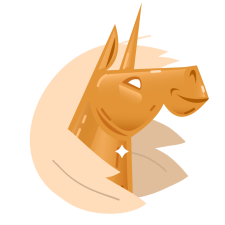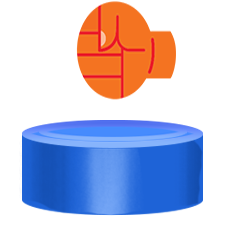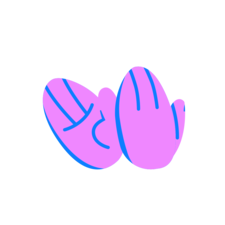ติดตั้ง Steam
เข้าสู่ระบบ
|
ภาษา
简体中文 (จีนตัวย่อ)
繁體中文 (จีนตัวเต็ม)
日本語 (ญี่ปุ่น)
한국어 (เกาหลี)
български (บัลแกเรีย)
Čeština (เช็ก)
Dansk (เดนมาร์ก)
Deutsch (เยอรมัน)
English (อังกฤษ)
Español - España (สเปน)
Español - Latinoamérica (สเปน - ลาตินอเมริกา)
Ελληνικά (กรีก)
Français (ฝรั่งเศส)
Italiano (อิตาลี)
Bahasa Indonesia (อินโดนีเซีย)
Magyar (ฮังการี)
Nederlands (ดัตช์)
Norsk (นอร์เวย์)
Polski (โปแลนด์)
Português (โปรตุเกส - โปรตุเกส)
Português - Brasil (โปรตุเกส - บราซิล)
Română (โรมาเนีย)
Русский (รัสเซีย)
Suomi (ฟินแลนด์)
Svenska (สวีเดน)
Türkçe (ตุรกี)
Tiếng Việt (เวียดนาม)
Українська (ยูเครน)
รายงานปัญหาเกี่ยวกับการแปลภาษา


















































out of me , just took them several years to get to it, sorry
Do you have enough materials?
Do your people have time to bring them?
Hint: Dry Skin, Raw Skin and Leather look really similar in the panel.
If you use VisualStudioCode or similar editors (check for code editors with syntax highlighting) you may also benefit from useful auto-completions.
<tree_override_prototype>
<id value="Cherry"/>
<density value="10" />
</tree_override_prototype>
--> add a few lines
<tree_override_prototype>
<id value="Cherry"/>
<density value="10" />
<min_altitude value="-0.3" />
<max_altitude value="80"/>
<min_angle value="-45" />
<max_angle value="90"/>
</tree_override_prototype>
min_ and max_ altitute defines at what height they spawn. If you set min below 0 don't go to deep, megaliths in lakes (-5) cause errors.
min_ and max_ angle defines how steep the terrain may be (from flat space to steep montain).
My ultimate recommendation is to copy flatlands and make a local copy for yourself with all your tweaks and edits.